Sustainable wellbeing and green living
Let's find ways to Flourish!
The Wisdom of Wolves - Book Review

Jim and Jamie Dutcher take us into one of the most intimate living-alongside experiments with wolves ever undertaken. Through their constructed wolf pack of orphaned and captive wolves who are released into a large study area, we have the opportunity to see the interactions of wolves much more closely than in the wild.
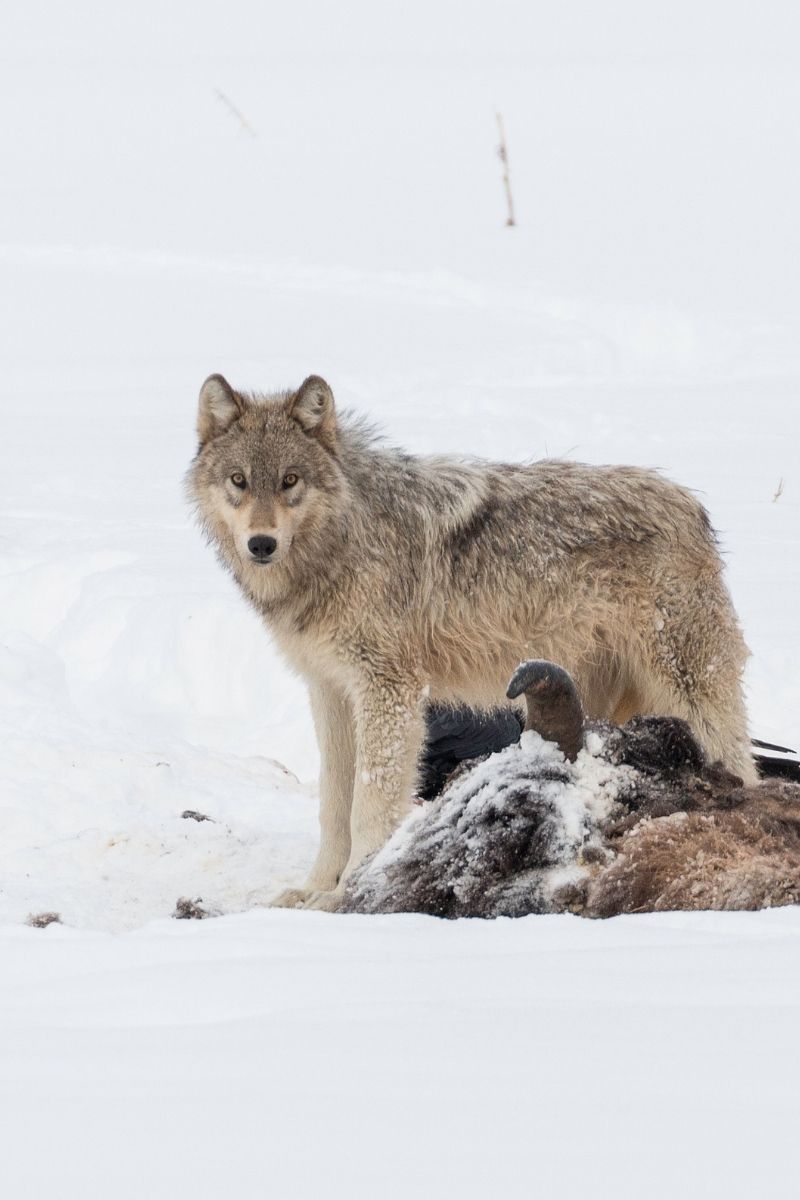
While I whole-heartedly believe that wild animals must remain in the wild, this scenario seemed like a humane and justifiable program to allow a more wild existence for previously captive animals and also allow for the long-term close observation.
A Deeply Intimate Glimpse
The result is the most tender and intimate look at a group of animals, where we get daily accounts of their interactions, movement, and behaviour. The result is an understanding of these wild animals and how clearly they express emotions, forge relationships with one another and face the ups and downs of pack life, aging and social interactions.
From their work, the Dutchers have helped to identi...
Tying the knot while loving the earth

Weddings are often one of the most significant days of our lives and can be a beautiful celebration of your relationship and public commitment that you make to one another. And yet, amidst the joy and beauty of this celebration, the truth is that typical weddings can have a large negative impact on the earth.
Think about it – all the food, decorations, wedding favours, clothing purchases, and of course gifts. Many of these items end up being purchased solely for the wedding day, and unfortunately, weddings can generate plenty of wasteful behaviours and over-consumption. When really, all that we want is to celebrate two people and their love for one another. So, why all the waste?
According to the Green Bride Guide, the average wedding in the United States produces 400 pounds of garbage and 63 tons of carbon dioxide. Producing that amount of waste in one day just isn’t sustainable, especially considering how many couples get married each year.
And yet, there are plenty of ways to min...
Protecting the ribbon of life
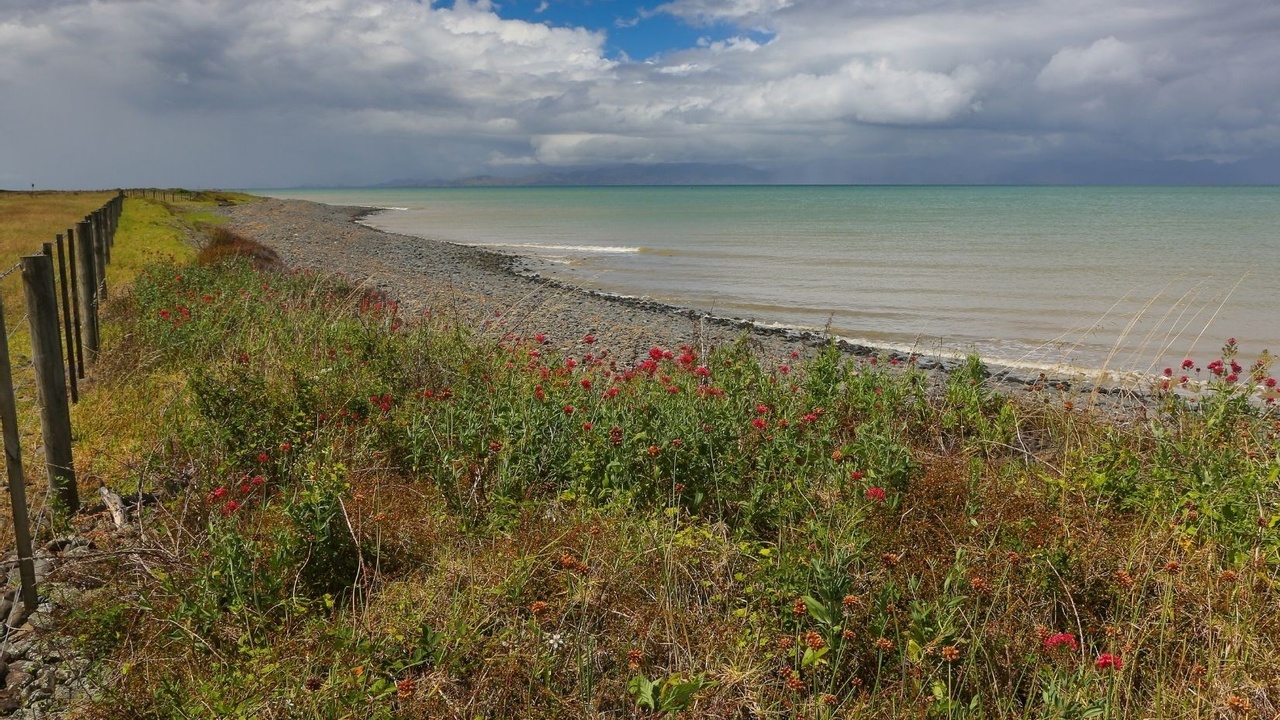
Spending time on a shoreline is a privilege and an escape that so many of us enjoy. Whether that is with day trips to the beach, or camping near waterways or having a cottage or even home on a shore, we know that being at the water’s edge is calming and peaceful. For me it somehow washes away my stress in an instant.
In fact, it is thought that watching the movement of water is so ingrained in our evolution, that it is innately calming to most of us, and being in nature has known benefits to both our physical and mental wellbeing.
However, as much as we like to be near the water or to live on waterfront properties and take advantage of the benefits that come along with these locations, it is crucial to remember that lakes aren’t just for human enjoyment. They are ecosystems that provide a habitat to many important species that contribute to the overall health of the lake.

Development alongside lakes, which consists of building waterfront homes, cottages, and campsites, has a signi...
Why we should emulate nature in design

Humans are influenced by nature in many different ways. One of those ways is through design. In many cases, we take inspiration from our natural surroundings when it comes to architecture, interior design, and many of our human-made inventions.
While taking inspiration from nature may be something as simple as utilizing natural colour schemes, nature-based design can also be much more complex. Take biomimicry for example.
Making design better!
Biomimicry is the reproduction of natural forms and their functions, to make human-designed objects and machines more efficient. According to the Biomimicry Institute, biomimicry is “an approach to innovation that seeks sustainable solutions to human challenges by emulating nature’s time-tested patterns and strategies.”
Some quick examples of biomimicry include:
- Increasing the efficiency of wind turbine blades, airplane wings, and propellers by mimicking the bumps seen on the front edge of a whale fin.
- Decreasing the noise level of Japan ...
Finding your green community: Ecovillages
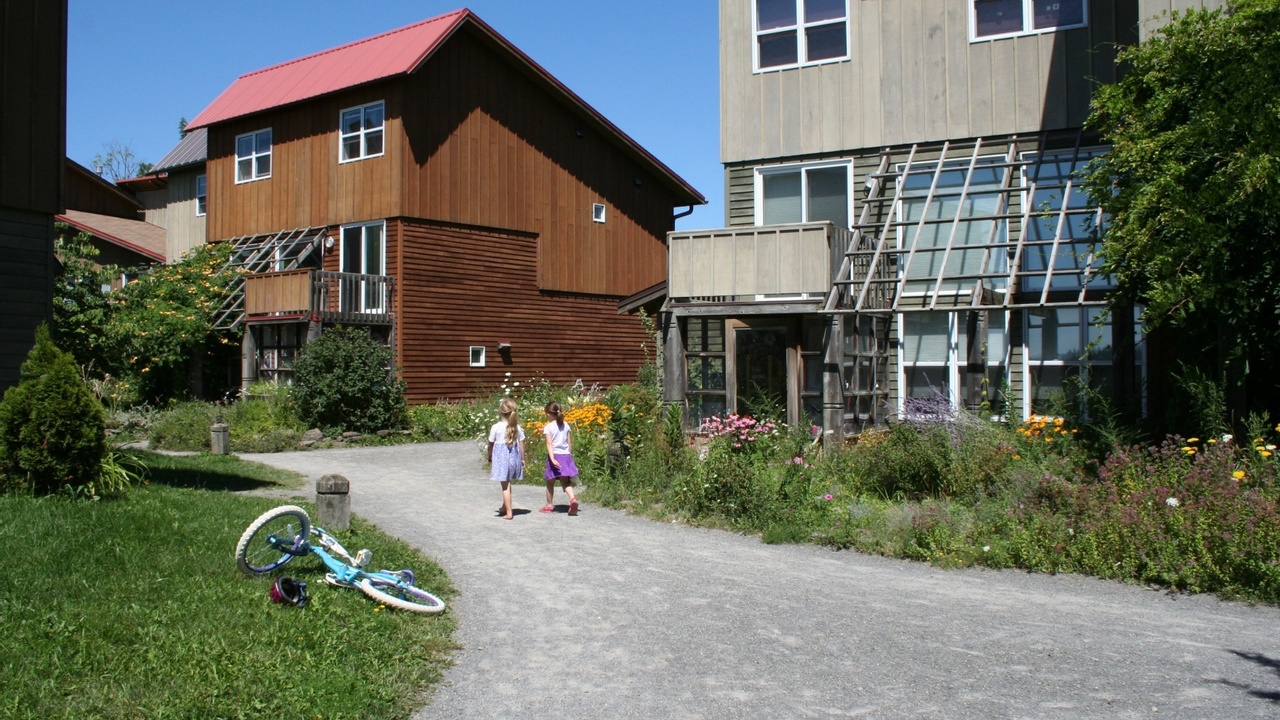
Image sourced from: Ecovillage at Ithaca
It’s no secret that leading an eco-friendly life can sometimes be challenging. But do you know what makes things ten times easier? Community!
After all, it’s hard not to feel discouraged or like the odd one out when your efforts to lessen your environmental impact are not reciprocated by your neighbours or community members. Being surrounded by like minded people creates a beneficial atmosphere where environmentally friendly lifestyle changes, behaviours, projects, and initiatives are encouraged and supported.
This is why there is a plethora of online Facebook groups, neighbourhood meet ups, community clubs and more which strive to facilitate a sense of community for those who are interested in living green.
These small communities are great, but is it possible to create such environmentally friendly communities on a larger scale?
Yes, it is!
Have you ever heard of Ecovillages?
Ecovillages are entire communities which have been built wi...
For the love of Trails!
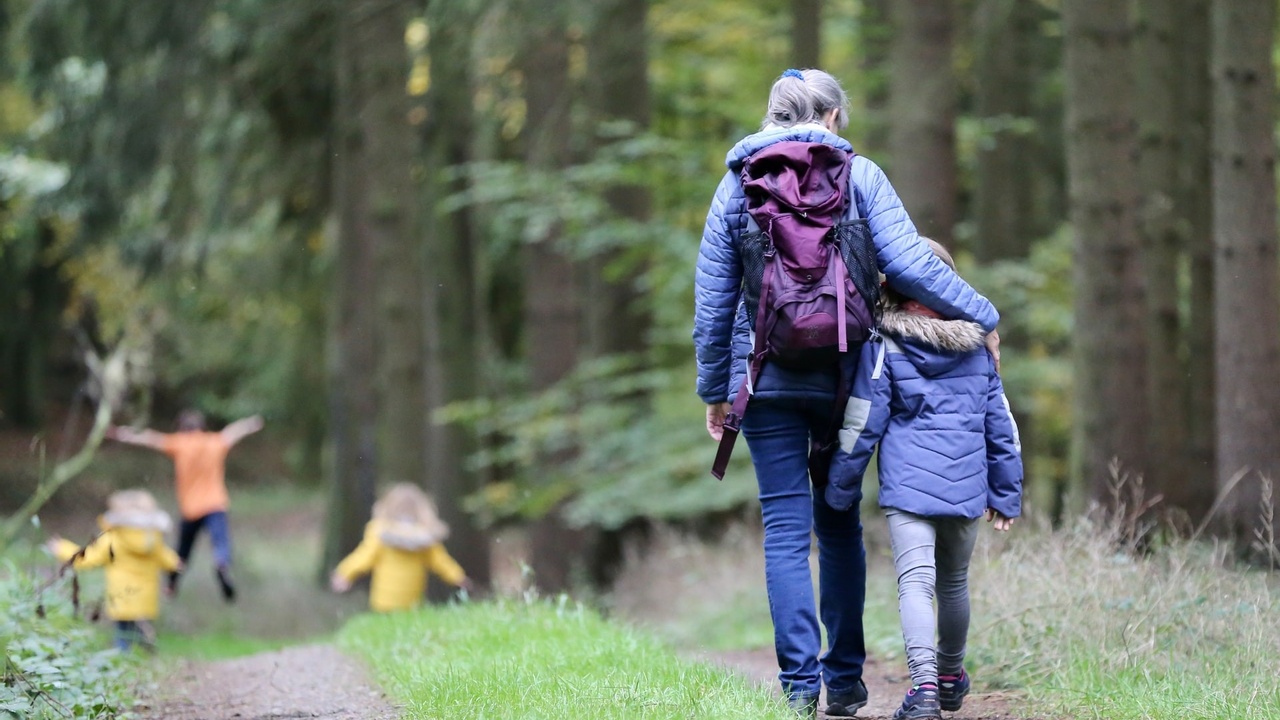
Do you love to spend time outdoors like I do? Are you new to outdoor recreation but appreciate the great opportunities that you are finding in your city or state or province? During the COVID-19 pandemic, people have become reliant on outdoor recreation as a way to interact with our loved ones in a safe manner, get a change of scenery, and stay physically active more than ever before. And this is great! People are discovering or rediscovering their love of the outdoors and getting physically active in nature, which is great for our bodies and for connecting us to nature. And, where there is an outdoor recreational trail, there is also likely a local trail association!
While people are engaging in all kinds of outdoor activities, you may have noticed that some designated walking trails have become substantially busier during the pandemic. It’s no surprise, considering that trails can be used for a number of great recreational activities such as walking or hiking, biking and skiing or e...
How to raise young environmentalists: Scouts and Girl Guides

In order to address the issue of climate change, one thing the world needs is for the children of today to be the strong environmental advocates of the future. In fact, why not encourage our children to be environmentalists right now?
After all, climate activists such as Greta Thunberg have proven that young people do care about the environment and are able to contribute to the search for climate change solutions!
Now, how exactly do we raise young environmentalists?
Of course, it is important to educate children about the environmental issues we are currently facing, but doom and gloom isn’t actually the way to go when it comes to encouraging a love and passion for nature!
The key is to foster an emotional connection between children and the environment. Research has shown that compassionate concern for the natural world comes from early contact with nature, empathy for other living creatures, and a sense of fascination and wonder associated with natural elements or environments....
Why Biological Diversity Matters
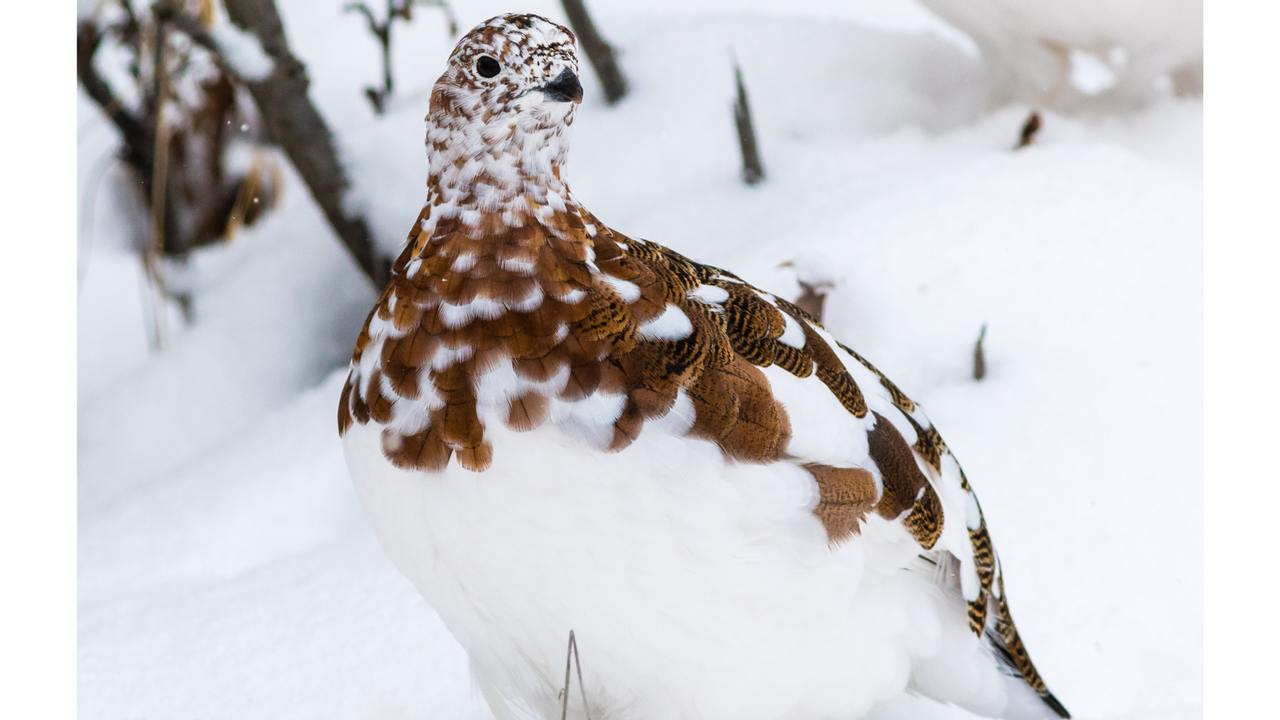
Sure, we all love to see those cute videos of wild bear cubs playing or learning about the intriguing and complex communication of whales. But do you perhaps also have a hard time pinning down exactly WHY having a broad range of diverse species is so important?
You are probably not alone in this at all. We care for these species, and get a sense that they should be protected, but let’s delve into exactly how important this issue actually is - to us, and to the way that our planet’s ecosystems function.

First off, let’s just get the definition of biodiversity or biological diversity down. The universally accepted definition of biodiversity (biological diversity) can be found in the 1992 United Nations’ Convention on Biological Diversity. In this definition, biodiversity is stated as
“the variability among living organisms from all sources, among other things, terrestrial, marine, and other aquatic ecosystems and ecological complexes of which they are part, this includes diversity w...
Outdoor Learning Through BioBlitz

Have you ever heard the saying “many hands make light work?” Well, this saying is true in many different contexts. I’m sure we’ve all experienced just how handy it is to have a team of people working together on a shared project or task.
This is why it shouldn’t be surprising that collaboration, teamwork, and having multiple hands on deck is valued in the scientific community. After all, there is a ton of work to be done on all fronts when it comes to scientific, and more specifically, environmental research.
Contributions to environmental research made by all kinds of people, not just scientists, are highly appreciated and encouraged! In fact, events such as BioBlitzes are centred around citizen participation in scientific research and information gathering, similar to the annual Christmas Bird Count.
What is a BioBlitz?
A Bioblitz is an event which involves an intense period of surveying, recording, and collecting information about living species within a designated area. In othe...
Teaching on the Tundra with Dr. Ryan Brook
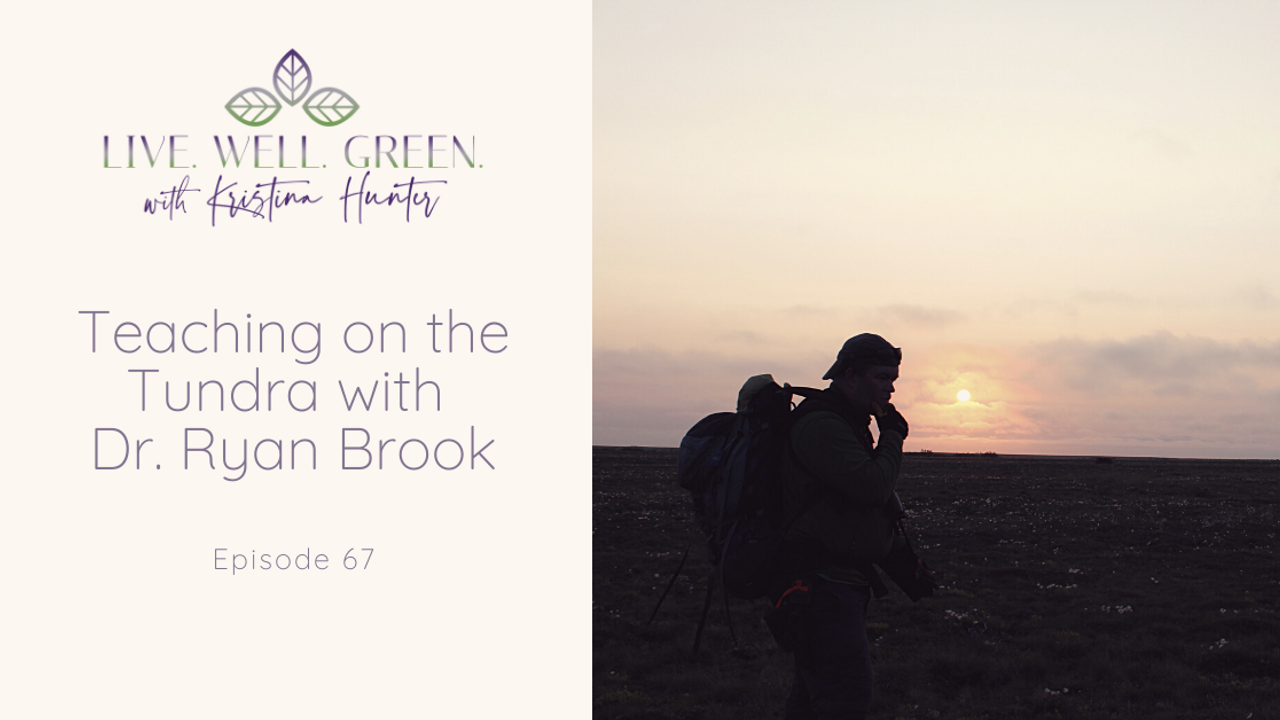
"This course changed my life." That is what I heard repeatedly from students who returned from their 2 week experience on the tundra with my former classmate and now colleague, Dr. Ryan Brook. I was intrigued. I don't care how great a teacher you are, it is pretty rare to have students say that your course changed their lives.
But here were multiple students each year professing this same message to me after their tundra experience. And then, I got the phone call that would change my life, and my husband's life and make it so much richer - all while doing crazy amounts of work for long hours and virtually no pay.
And I loved it.

Dr. Ryan Brook, University of Saskatchewan, Associate Professor
Of course, that phone call was from my former classmate, Ryan Brook. Ryan was now teaching a version of the course that I took when he was the teaching assistant, called Wildlife and Ethnoecology in the Manitoba Coastal Region. What a mouthful that was, but it was a great course, ...

